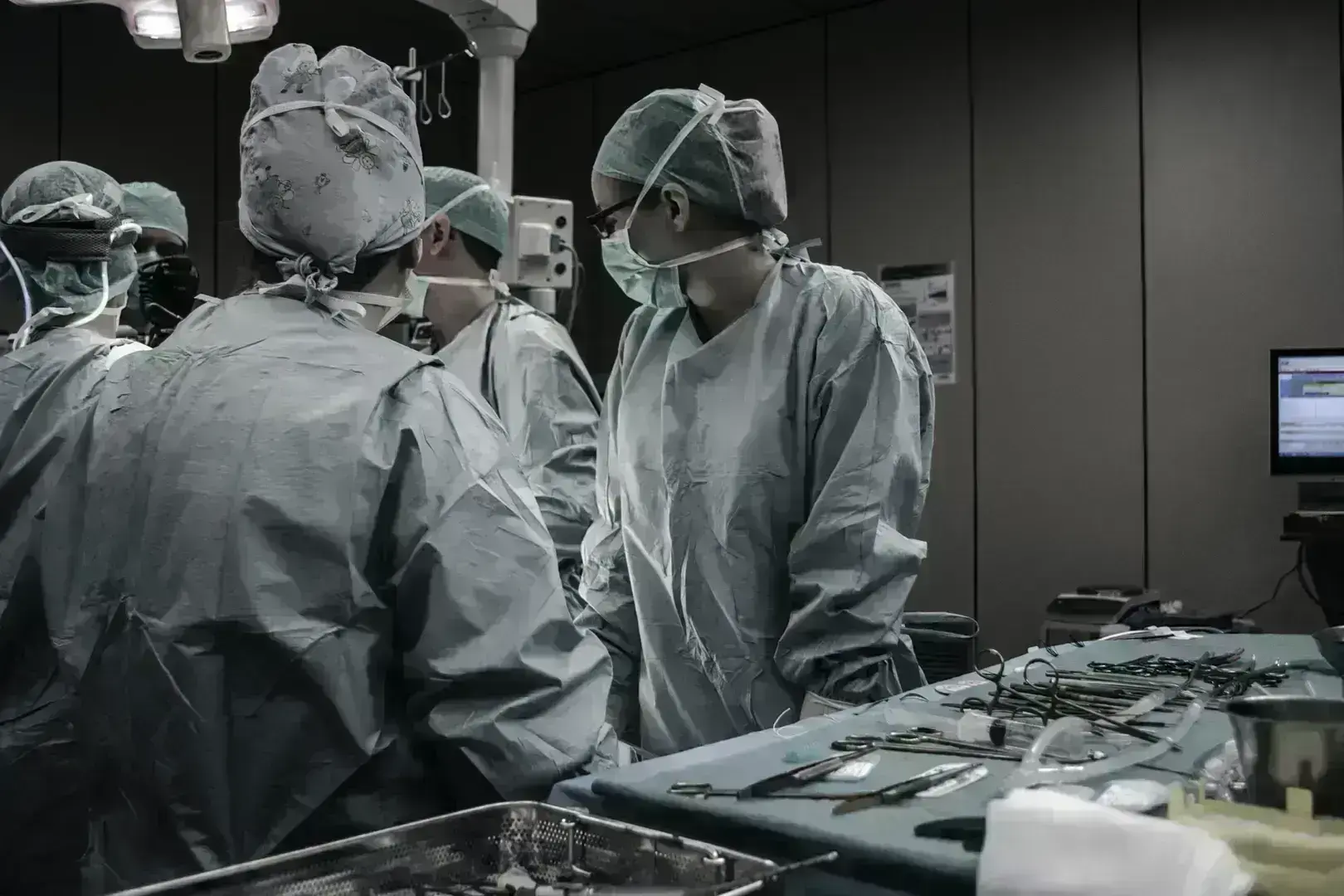
Digital transformation trends in healthcare
Digital transformation in healthcare, through AI, telemedicine, AR&VR, and IoT wearables, enhances patient care, efficiency, and disease prevention, saving lives and improving health outcomes.
IT technologies could save lives
Digital transformation turns out to be omnipresent, especially today, in our post-outbreak reality. Healthcare companies digitalise processes and introduce new technologies or solutions. The progress in digitalisation will certainly not stop now. We should adjust to it, understand it more and adopt the solutions.
Healthcare, just like other industries, is dramatically changing to make a positive impact on patients’ lives. We can see the effects quickly. We no longer have to wait to see a doctor or to get the results of our tests. Now, we can approach software solutions and technologies that help not only to improve people’s lives but customers’ experience as well.
The technological progress has always determined changes in medicine. Now, in a rapidly changing digital environment with evolving technologies and a developing world, healthcare should be the number one priority.
Digital transformation has revolutionised many industries, but in healthcare specifically, technology is helping us to live longer, better, healthier and more productive lives. The impact of these technologies could save lives. We must not ignore it.
Four specific trends are to take on the most critical role in the digital transformation of healthcare in the post-pandemic world:
1. Artificial Intelligence (AI)
AI can be beneficial for healthcare. Analysis has shown that using AI and in-depth learning solutions causes the efficiency of body scan analysis to rise 150 times in comparison to the activity of a radiologist. No more stressed-out waiting, just accurate and on-the-spot answers. AI can also help determine the most effective pharmaceutical composition. Additionally, AI can do everything it does in other industries, such as reduce costs, improve processes, etc.
2. Telemedicine
In 2013, the number of telehealth patients worldwide was about 350 thousand. In 2018, it was 7 million people. In 2021, because of COVID-19, the numbers are increasing dramatically. Here is a good reason for these numbers. Telehealth technology gives patients a chance in every part of the world to access quality healthcare and receive a life-saving diagnosis. There is no need to travel all around the country to meet the top specialists. Your doctor can connect with them digitally to get a second opinion from an expert. It saves both patient’s and doctors’ time, as well as the cost of travelling to remote locations while ensuring access to the best healthcare at any time.
3. Augmented and Virtual Realities (AR&VR)
First of all, AR can help doctors learn how to perform dangerous procedures, such as surgery, without the risk of something happening to a patient. But that is only one reason why AR and VR will become increasingly important. It can also help Alzheimer’s and dementia patients retrieve memories. We can take older people back to their childhood or earlier years, which might have a significant impact on them.
4. Wearables and IoT
Wearables have been around for quite a while, but the collection of data via the IoT is still something new. The wearables trend keeps growing, and the healthcare industry could use the data gathered this way to prevent diseases and aid other advancements. The data is being used to advance many different medical fields. What’s more, with the help of IoT, we can use AI to prevent large health epidemics all over the world.
Technology is helping us live longer and lead safer, healthier and more productive lives. The above trends show how many different ways we can support healthcare development. New technologies are highly supportive here. We should welcome the changes with fresh minds open to new solutions, challenges, and opportunities.

Contact us.
If you need a partner in software development, we're here to help you.
We will respond to your enquiry immediately.